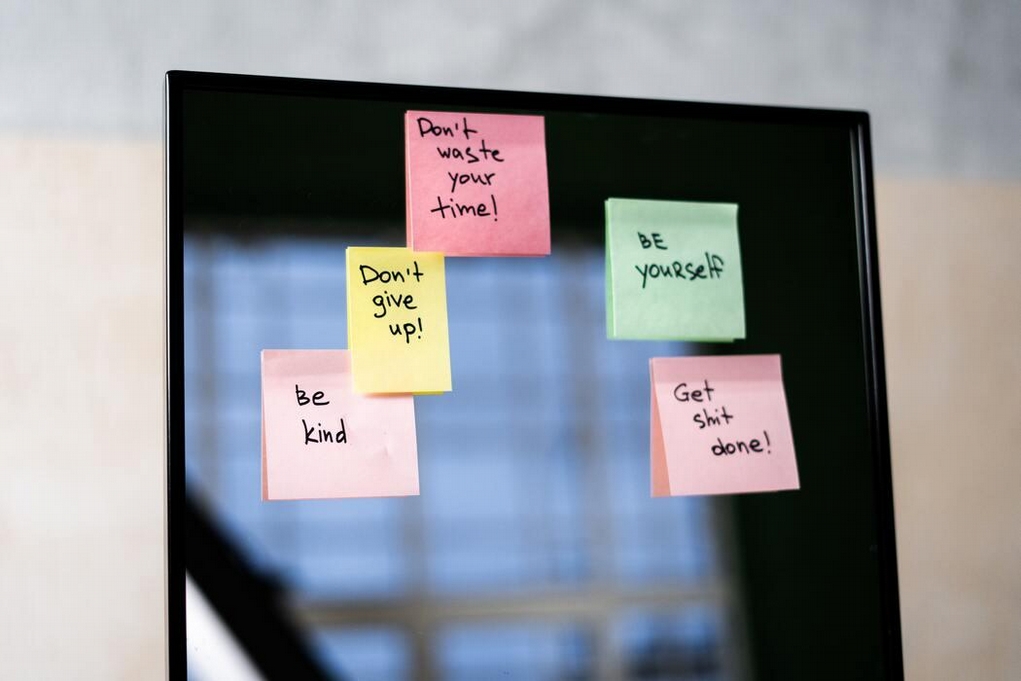Working from home is not as simple as it seems and often you’ll need more than your computer and Wi-Fi password.
If your employees are not prepared and well-equipped to tackle the challenges that remote-first teams usually face, their productivity will suffer the consequences.
If you don’t want to handicap your business, avoid making the mistake of underestimating the importance of good virtual working conditions!
In this article, we’ll introduce you to the six E’s, aka the six most important steps you have to make to prepare everyone for their work in a virtual environment.
Table of contents
What is a virtual working environment?
A virtual work environment combines many things of both material and immaterial nature.
For instance, some of its components are team collaboration software, a video conferencing platform, and all the other communication tools that the company is using.
But some other virtual work environment examples include the entire set-up of employees’ home offices, their technical equipment, and working hours.

The norms and values of the firm are other important aspects since they determine the business goals and the attitude of the employees.
A good virtual working environment shows how well a company is organized and, therefore, accounts for the team’s performance.
How do you create a virtual work environment?
Virtual team managers have to consider both their business needs and the employees’ demands to create a successful virtual work environment.
Imagine you are opening new office quarters. It’s the same but everything is happening in the digital world.
So, the first step is to take care of all the practical and material goods. This will be the process of organizing your digital workspace, so to say.
You’ll have to choose the most adequate software for all your business needs; ranging from video calls, text messages, project collaboration, and document storage, to online payments, accounting services, and marketing.
Following on from there, you’ll have to build an effective team culture.
All your employees should know what your core values are, what goals you strive to achieve, what you expect from them, and what type of professional attitude they have to employ.
What are the challenges of a virtual work environment?
The challenges of a virtual work environment could vary as well.
The three main issues remote workers struggle with are:
Trust
Trust is usually built in person.
And this becomes very hard when you have to work online and miss the chance to see your colleagues and get to know them better.

Because, truth be told, what makes a good team successful is the shared mission, the collaborative spirit, but also mutual respect, and readiness to help each other.
For that reason, virtual team-building activities of any range and scope are always welcome.
Communication
Poor communication leads to poor results.
Misunderstandings often happen when your interactions are mainly over email or text messages.
You cannot simply get the whole picture that way.
Thus, a remote team manager’s first and foremost task is to foster a communicative culture of sharing accurate information and using the right tools for that matter.
💡 Pro tip
When it comes to virtual team communication having a reliable web tool is a must. Choose one that not only allows you to host video calls but one that also features scheduling, a shared team calendar, meeting rooms, recordings, and screen sharing.
Productivity
Most employers fear that the flexibility and cost-efficiency of remote teams come at the expense of productivity.
Of course, there is always a risk that your workers might not be that motivated to perform their tasks when they are at home.
However, if you hire the right people, check in on them regularly, and you make everything in your power to prevent them from suffering burnout, your fears will vanish.
How to create a productive virtual workspace
Now that we’ve gone over the main virtual work environment challenges, let’s get a more detailed idea of the solutions.
Ergonomics
Feeling physically uncomfortable while working is among the worst experiences.
A comfortable chair and a desk are a must when you are sitting in front of the computer for most of the day.
That’s why you have to pay attention to your posture, screen time, and your overall state of body and mind.

Encourage your team members to start doing exercises, because sports activities not only strengthen one’s muscles but also improves their mood, mobility, and health.
For those with specific ergonomic needs, you can provide equipment such as special chairs for back problems or stand-up desks.
Equipment and tools
Your choice of virtual work environment tools will determine to a huge extent the whole work process and the performance of your team.
You have to be mindful of what project and meeting management platforms you use because the market is currently over-saturated and it could be a difficult decision to make.
Our number one tip is to do your research first and see what every platform has to offer, then compare their features with your business needs, and make the most appropriate match.
There are so many virtual work environment benefits because of automation features such as online calendars, website builders, virtual meeting rooms, and so on.
Their sole purpose is to free up your time so that you can focus on the essentials.
Engagement
If you ask Forbes, you have to stay on top of the technology that makes communication more efficient in order to boost your employees’ engagement.
But if you ask us, you also have to focus on all the different ways in which you can make use of that new technology.

What we mean by that is to not limit your meetings to just one format. Experiment with stand-up meetings, coffee/lunch virtual breaks with your team, more communication exercises for remote teams, and many others.
There are various ways to spice things up and make sure everyone is equally participating and feeling included.
Employee well-being
We cannot stress this enough but your employees’ well-being should be your number one priority.
Because success comes when your team is organized, driven, well-rested, and well-awarded for the effort.

No deadline is more important than a teammate’s health, therefore, it could be very useful to organize trust-building exercises for remote teams which promote open communication.
This way everyone will know that their virtual working environment is a safe space and people can share if they experience any difficulties.
Other team members will be able to take some workload off their shoulders and continue with the completion of tasks according to the schedule.
Ethics and expectations
In order for your virtual workspace to operate effectively, you have to set the ground rules and let everyone know what is expected from them.
Your employees will be way more prompt to show up on time, look presentable, show dedication, and be well-prepared if you do the same thing.
Leading by example is the best thing a team manager can do.
The ethics of your company should also be clearly stated and often reminded to everyone.
Make it clear that unprofessional attitudes will not be tolerated and that everyone is held up to the highest standards.
That’s how you’ll keep conflicts and misunderstandings to a minimum.
Equitable policies
When people work in a virtual environment sometimes they feel isolated and unappreciated.
It is of utmost importance to show everyone equal support and allow them to grow.
Employing equitable policies would mean that there is no discrimination. Everyone is equally contributing to the firm and there are no prejudices when it comes to getting positive or negative feedback.
In a productive virtual environment, everyone must have the chance to freely speak their mind with no fear of being fired or neglected.
Final words
As a working-from-home professional you’ll have to take care of your virtual ‘domain’.
Because the design of your virtual working environment plays a huge role in all aspects of your business.
From organization, documentation, and automation to employee satisfaction, time management, and productivity.
Therefore, make sure that you have realistic goals but also never stop aiming for improvement of your virtual leadership.



